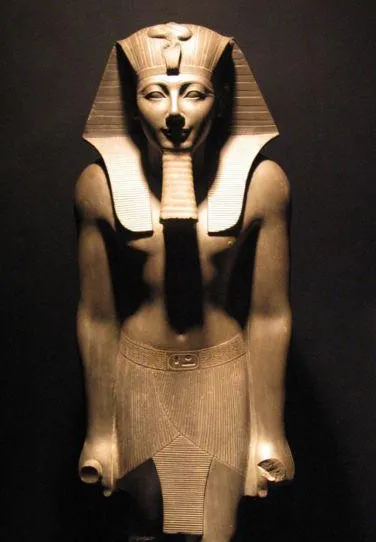On the Wisdom of Solomon, Part 24: The Root of All Evil

On the Wisdom of Solomon, Part 24: The Root of All Evil
As we had noted in the first portion of our commentary on Wisdom chapter 15, when Solomon began his discourse on the subject of idolatry he used the example of a woodworker who in his spare time had made an idol from leftover and otherwise useless wood, and the result of his leisure was that he began to worship the works of his own hands. Now where we had left off in this chapter, Solomon had made a similar analogy of a potter, who purposely and deceitfully crafted and painted images of false gods for men to worship. As a result, men who worship the gods which are made in their own image, or in the images of other men, are led astray into all sorts of other sins which are much more grievous, and ultimately they are led to their own destruction.
So we had also noted that the will to commit idolatry is rooted in pride and arrogance, even when the motive is profit, but that true humility is a willingness to be obedient to God. So even before we began our commentary on chapter 15 of Wisdom, we had concluded that “… forsaking Yahweh we cannot help but sin, and we sin arrogantly as we have purposely forsaken God.” But now as we proceed with Wisdom chapter 15, we may see that even Solomon understood the Christian concept of humility which the apostles had also taught, which is to acknowledge one’s sin and seek forgiveness without imagining that one may escape the judgments of God.”






















 Please click here for our mailing list sign-up page.
Please click here for our mailing list sign-up page.







